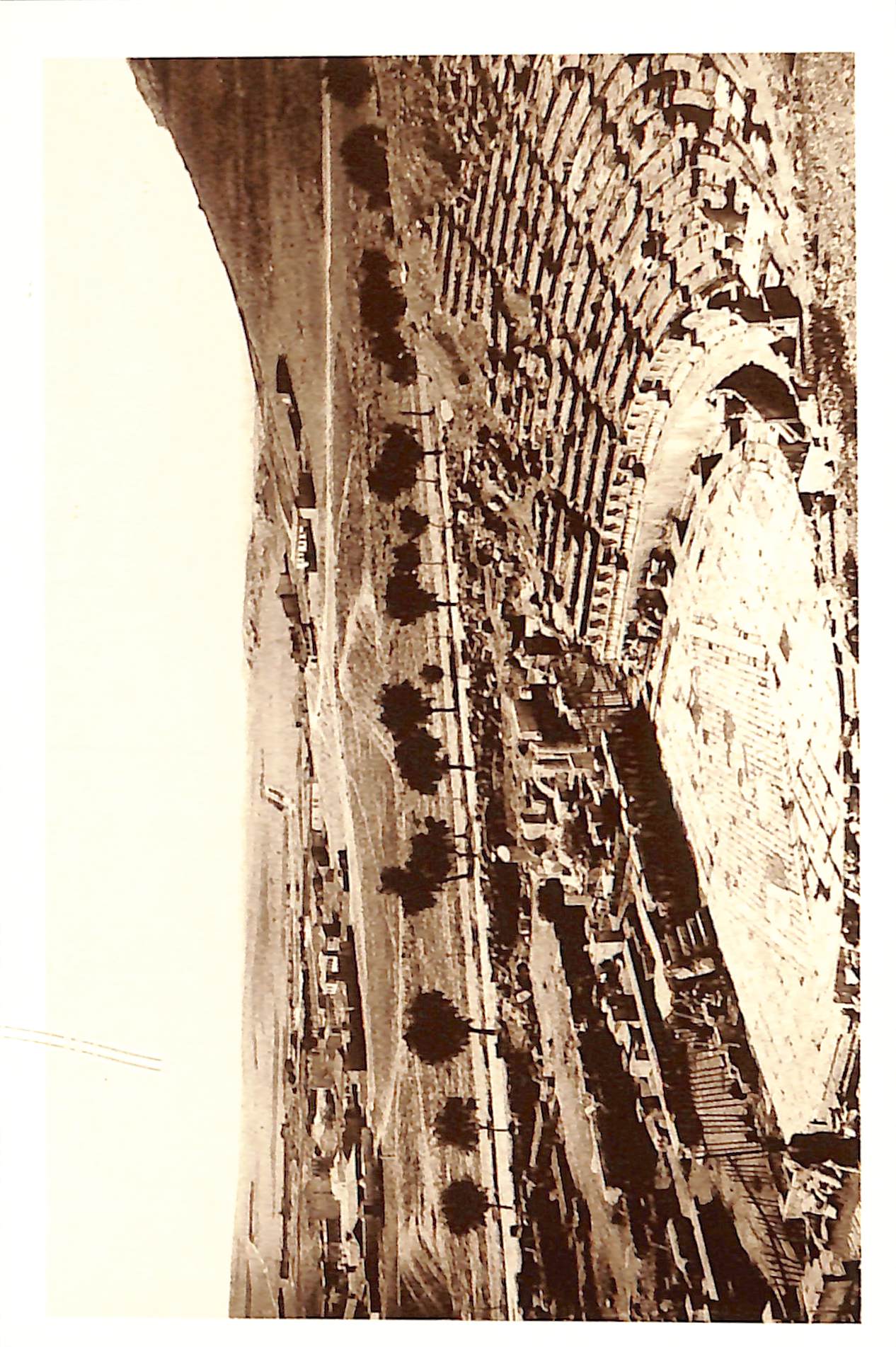
4/29/2025 10:07:31 AM
The Theatre of Dionysus on the Acropolis of Athens
The first phase of the Theatre of Dionysus in Athens was built in the 6th century BC and underwent many renovations over the centuries. It is named after the god Dionysus, the patron of theatre. In the 5th century BC, the theatre was reconstructed and expanded to accommodate up to 17,000 spectators. Many famous theatrical works, such as those by Aeschylus, Sophocles, Euripides, and Aristophanes, made their debut in this theatre. Its significance declined during the Hellenistic and Roman periods, and it eventually fell into ruin. It was rediscovered and partially restored in the 19th century. Today, visitors can see the remains of the theatre and imagine the grand performances that once took place on its stage. The theatre is located in a natural hollow on the southern slope of the Acropolis, offering excellent acoustics. The theatre was divided into three main sections: the orchestra, the stage, and the seating area. The orchestra was a circular space in front of the stage where the chorus performed. The stage, where the actors played, featured an elevated platform and a backdrop decorated with painted scenery. The seating area was divided into 13 sections, with the front section reserved for prominent individuals and the rest open to the public. Pictured: The Theatre of Dionysus on the southern slope of the Acropolis rock in Athens, in 1878. ©Municipal Photography Museum of Kalamaria ‘Christos Kalemkeris’.

